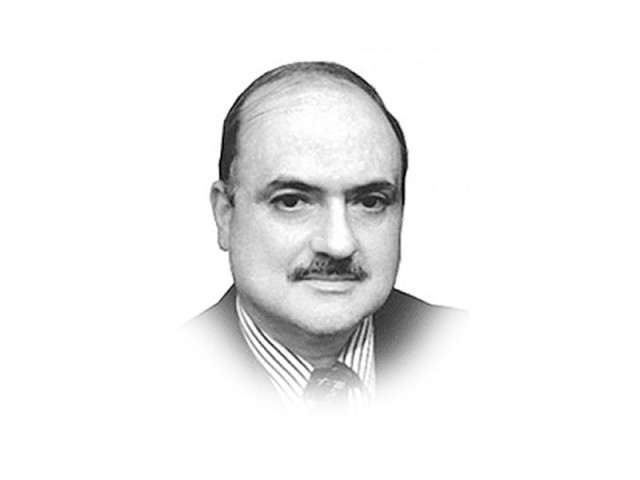Cup of tea, anyone?
Tea as we know today was introduced by the British

The writer is former ambassador of Pakistan and ex-assistant secretary general of OIC
Tea companies appear to have geared up their campaigns, of late, to convert the already converted. TV ads gush forth like geysers. Why this deluge of tea commercials? Has the all-invasive tea imbibing habit suffered a decline lately? Or, has the sugar ‘inflation’ affected tea sales? Be that as it may, it tempts one to delve into the ‘history’ of this beverage.
Tea is not indigenous to our land. And yet, surprisingly, it is held in awe as if it were a fetish. Have we ever deigned to ask ourselves, why? The British, it may be argued with reason, too are in a similar situation. But, then, the British are prone to treat tea as an institution! For them, there is a time for ‘tea’ and this hour is sacred. Not for them to demean the coveted beverage by imbibing it at all odd hours during the day or night, as our compatriots do.
The beverage has figured rather frequently in literature. To take just a few stray examples: William Cowper calls it “The cup that cheers.” Samuel Pepys, in his famous Diary for 1660, records, “I did send for a cup of tea (a China drink) of which I never had drank before.” Presumably, he made it a habit to drink it subsequently. J B Priestly complained, “Our trouble is that we drink too much tea.”
A not inconsiderable number of people hold the view that it was the British colonialists who introduced tea to the subcontinent. This observation would appear to be true only in part. Our region with its centuries-old link with China via the Silk Route surely had access to Chinese tea much before the advent of British colonialism. But tea as we know it today was definitely introduced by the British. With its financial interest in the tea gardens spread all over the British Empire, the colonial administration cleverly manipulated a campaign to introduce tea into the subcontinental homes.
A vast indoctrination exercise was launched, more or less on the lines of a psychological warfare. Despite all their commercial tricks, though, when that ‘nation of shopkeepers’ finally quit the subcontinent, their campaign to make the people dependent on tea had achieved, at best, only partial success. While the Anglophiles and the town babus took to tea like ducklings to water, our sturdy rural folk (the overwhelming majority) stuck manfully to their traditional values and their traditional beverages.
It was left to our post-independence masters to finally break down that resistance. The irony was that after independence Pakistan was separated from most of the major tea-producing areas and after the traumatic events of 1971 we produced no tea at all. Despite all that, tea quickly became the universal, all pervasive, beverage in this country. Be it the office, the hearth or the tilling field, it is ever the cup of tea that changes hands as a mark of hospitality!
One wonders if anyone in the Land of the Pure gives a wee thought to where the tea comes from and, more importantly, what it costs the national kitty. Statistics kindly provided by a friend show that the value of our annual imports of tea from five countries figures in the over a billion dollar range. Makes one wonder, if it is worth it!
Habits die hard, though. A habit like tea drinking will hardly be easy to give up. Besides, for the poor folk, having a cup of tea is perhaps the only luxury within their reach. Take that away and what do you give them in return? Does give one food for thought, that! Come to think of it, the problem of tea drinking is much too entrenched and too widespread to yield to a quick-fix solution. Nonetheless a bit of brainstorming never did anyone any harm. The pity is that how else can brainstorming sessions go through except over endless cups of tea? And that, as they say, brings us back to square one!
Published in The Express Tribune, February 11th, 2019.
Like Opinion & Editorial on Facebook, follow @ETOpEd on Twitter to receive all updates on all our daily pieces.













COMMENTS
Comments are moderated and generally will be posted if they are on-topic and not abusive.
For more information, please see our Comments FAQ